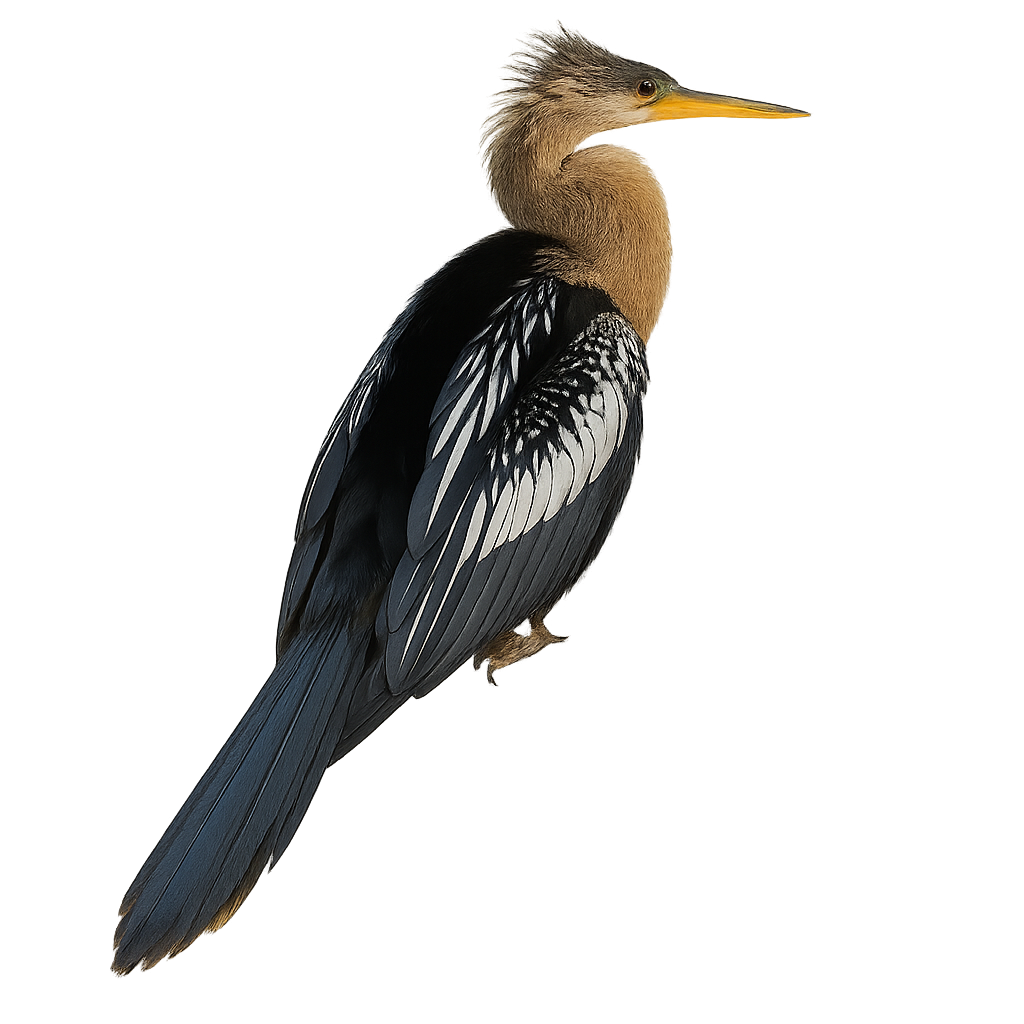Your wildlife photography guide.
Explore the anhinga in detail, study its behavior, prepare your shots.
Where to observe and photograph the anhinga in the wild
Learn where and when to spot the anhinga in the wild, how to identify the species based on distinctive features, and what natural environments it inhabits. The WildlifePhotographer app offers tailored photography tips that reflect the anhinga’s behavior, helping you capture better wildlife images. Explore the full species profile for key information including description, habitat, active periods, and approach techniques.
Anhinga
Scientific name: Anhinga anhinga

IUCN Status: Least Concern
Family: ANHINGIDAE
Group: Birds
Sensitivity to human approach: Suspicious
Minimum approach distance: 10 m
Courtship display: March to June
Incubation: 25-30 jours
Hatchings: April to July
Habitat:
Swamps, lakes, rivers
Activity period :
Primarily active during the day, with peak activity in the morning and late afternoon.
Identification and description:
The Anhinga, also known as the "snakebird," is a captivating aquatic bird. It is characterized by its long, sinuous neck and sharp beak, ideal for catching fish. Its plumage is predominantly black with metallic sheens, and its wings feature distinctive silver patterns. Unlike other water birds, the Anhinga lacks oil glands to waterproof its feathers, making it more adept at diving deep to hunt. After fishing, it must dry its wings by spreading them in the sun. It is primarily found in swamps, lakes, and rivers of Central and South America.
Recommended lens:
400 mm – adjust based on distance, desired framing (portrait or habitat), and approach conditions.
Photography tips:
To photograph the Anhinga, focus on wetlands early in the morning or late afternoon to take advantage of soft light. Use a telephoto lens of at least 400mm to capture precise details without disturbing the bird. Be patient and discreet, as the Anhinga is suspicious. Observe its wing-drying behavior, an ideal moment for spectacular shots.
The WildlifePhotographer App is coming soon!
Be the first to explore the best nature spots, track rutting seasons, log your observations, and observe more wildlife.
Already 1 449 wildlife lovers subscribed worldwide

